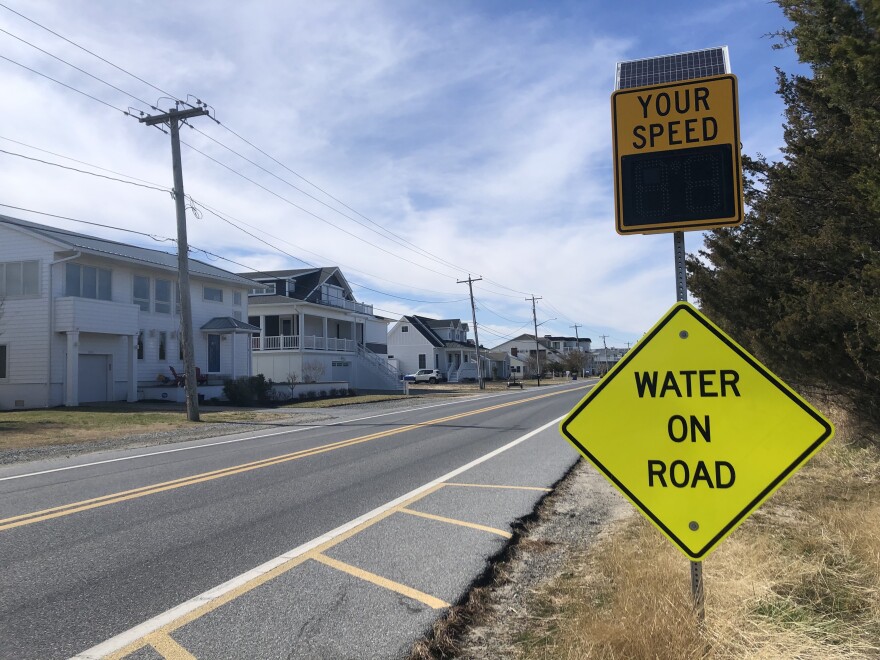Last year Lewes saw 8 days of sunny-day or high-tide flooding—twice the annual average two decades ago. That number is expected to keep going up.
The National Oceanic and Atmospheric Administration (NOAA) projects Lewes, where one of Delaware's two tide gauges is located, will see 7-12 days of high-tide flooding this year. That range jumps to 15-30 in 2030 and 50-135 in 2050.
“When you take it to a local level on a year to year basis, the number of flood days per year is accelerating. And when we wrap that up to a national level, that is the case,” said NOAA oceanographer William Sweet. “You bounce around that trend, but the underlying trend is an accelerating one.”
Sunny-day flooding can be caused by a full-moon tide or a change in wind or currents. It’s defined as tides 1.75 to 2 feet above the average high tide.
NOAA experts told reporters on a recent press call that high-tide flooding is accelerating along most of the East and Gulf Coasts mainly due to sea level rise, which is caused largely by climate change.
“Water’s getting closer to the brim in many of these communities, and inches matter,” Sweet said. “If for whatever reason water is higher, you’re going to flood more often.”
NOAA officials hope the predictions can help communities prepare.
“These data that we provide help communities plan where to put their buildings and how to keep people safe, ” said Nicole LeBoeuf, acting director of NOAA's National Ocean Service.
Many coastal communities in the U.S. saw a record number of high-tide flood days last year—but the two tide gauges in Delaware did not measure a record here.
Delaware’s other tide gauge, at Reedy Point near Delaware City, saw zero high-tide flood days in 2020. NOAA predicts it will see 1-3 this year, 6-15 in 2030, and 25-100 in 2050.
The First State has already experienced more than one foot of sea level rise since 1900 and is expected to face an additional 9-23 inches by 2050, according to DNREC.








